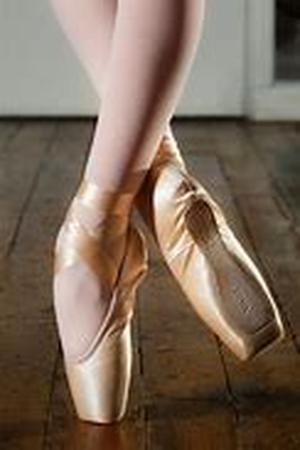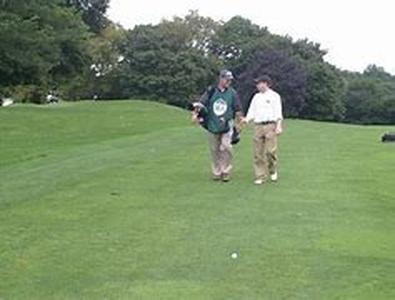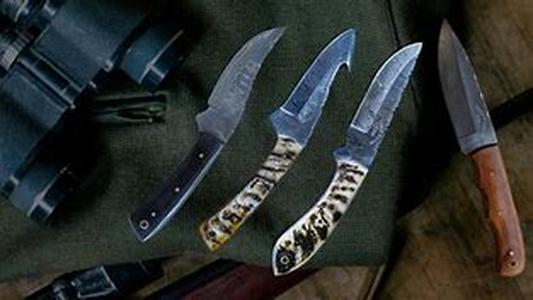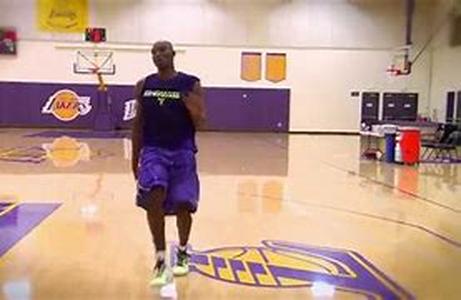
In The Early Days, When Dance Was A Social Court Pastime, People Just Wore Their Own Clothes When Dancing Rather Than Those Specially Designed Costumes. The Men Wore Very Elaborate, Stiff Brocaded Coats, Knee Breeches, Wigs And Swords Belted To Their Waists. The Women, In The Otherhand, Were Tightly Laced In Long-sleeved Bodices And Pannier Skirts. These Cumbersome, Heavy Outfits Allowed For Little Body Movement And The Steps Execute Had To Be Dignified.With The Establishment Of Louis XIVs Academia Royal De Danse In 1661 There Was An Emergence Of The First Professional Dancers And Ballet Techniques Became Complex. When There Were Performances On Stage, They Incorporated Quick Beats Of The Feet And Multiple Pirouettes Into Their Dances. Whirling Skirts Necessitated The Wearing Of Caleons De Precaution (precautionary Drawers) So As Not To Reveal Too Much Of The Leg. In The Classroom, The Ballet Dancewears Were So Elaborate That It Was Difficult To Tell Whether The Dancers Were At A Tea Party Or Warming Up Their Bodies. Leotards And Tights Were Not Yet Invented Then. It Was Marie Camargo Who Was The First Dancer To Shorten Her Skirts. This Enabled Her Audience To Appreciate Her Intricate Footwork. Her Rival, Marie Salle, Dared Even Further By Discarding Her Petticoats To Dance In A Flimsy Muslin Dress. The French Revolution At The End Of The 18th Century Also Brought About Changes In The Ballet Dancewear. Simple, Lightweight, Clinging Robes Inspired By Greek Models Became Fashionable Both On And Off The Stage. Also At This Time, A Man Named Maillot, A Costume Maker And Designer At The Paris Opra, Is Said To Have Invented Tights. These New Fashions And Inventions Caused Great Change In The Practice Of Ballet Dancewear. They Finally Found Themselves In Clothing That Permitted For Much Greater Freedom Of Movement And Dance Technique Beyond Its Previously Limited Boundaries.This Was Further Emphasized By The Great Dance Teacher, Carlo Blasis, Who In 1820 Published The Technical Manual, Trait Elementaire Et Pratique De La Danse. This Included Drawings For Which Blasis Had Posed, Dressed In Nothing But Shorts And Ballet Shoes. August Bournonville, The Great Danish Choreographer, Was Also An Advocate Of Practical Ballet Dancewear And Was Thrilled With The New Paris Opra Regulations When He Danced There In 1826. The Long, Loose Trousers Had Been Replaced By Knee Breeches And Silk Hose Since It Had Been Decided That The Long Pants Hid Too Many Technical Faults And Anatomical Defects. Bournonville Himself Invented The "Bournonville Slipper" For Male Dancers. Still Worn Today In All Bournonville Ballets, These Black Slippers Have A White, V-shaped Vamp In The Front, Making For A Better-looking, Long And Pointed Foot.Victorian Sensibilities Caused A Return To Very Elaborate Dancewear. On Stage In The 1890s, Dance Spectacle At Its Most Lavish Reigned Supreme. Off Stage In The Rehearsal Room, They Wore Quite Complicated Ballet Dancewear. The Bell-shaped Romantic Dress Of The Mid-1800s Gave Way To The Tutu At The End Of The 19th Century. The New Long, Floppy, 16 Layer Tutus Reached To The Knee And Allowed The Female Dancers Much Greater Mobility. It Was In The Early Years Of The 20th Century That Ballet Dancewear Began To Change To Those That Are Commonly Used Today. Isadora Duncan, One Of The First Innovators, Was Considered To Be An Extremist When She Discarded Shoes, Stockings And Tutus And Danced On Stage In Bare Feet And Flimsy Greek Tunics. But Soon Many Classical Ballerinas, Including Anna Pavlova, Began To Wear The Practical, Uncluttered Tunic For Rehearsals. Modern Dancers, On The Other Hand, Wore The New Leotard For Their Ballet Dancewear In Practice. Invented By The Trapeze Artist, Jules Leotard, The Original Leotard Consisted Of A Close-fitting Suit Of Knitted Jersey.





